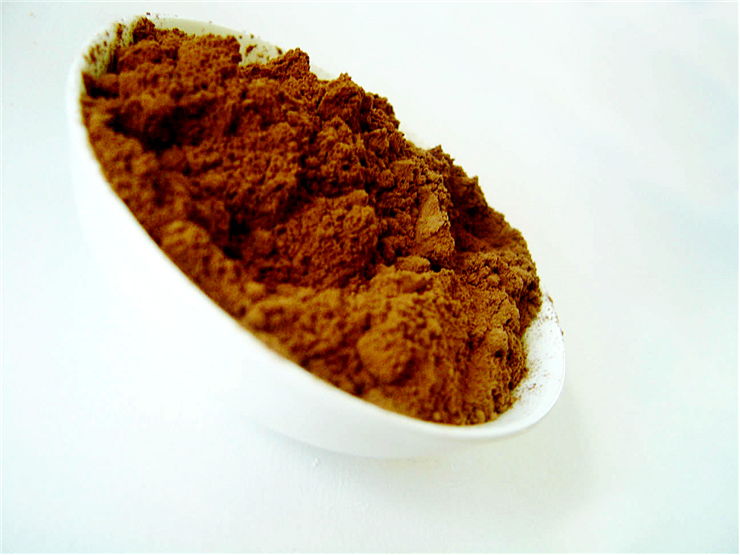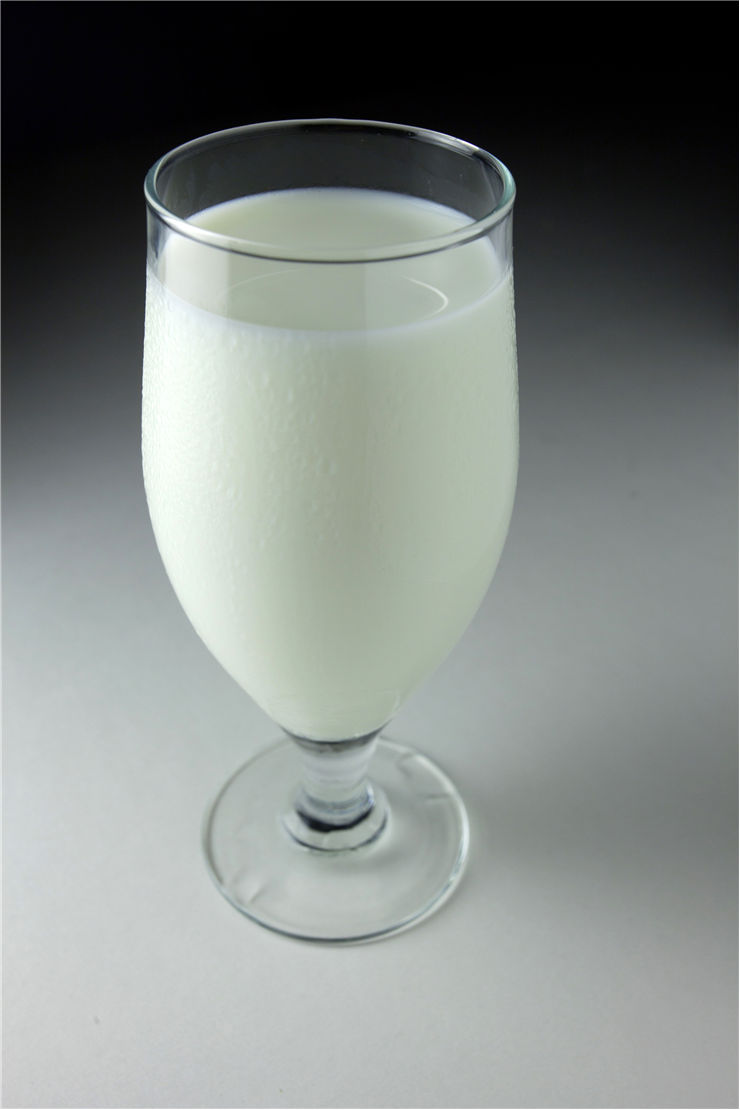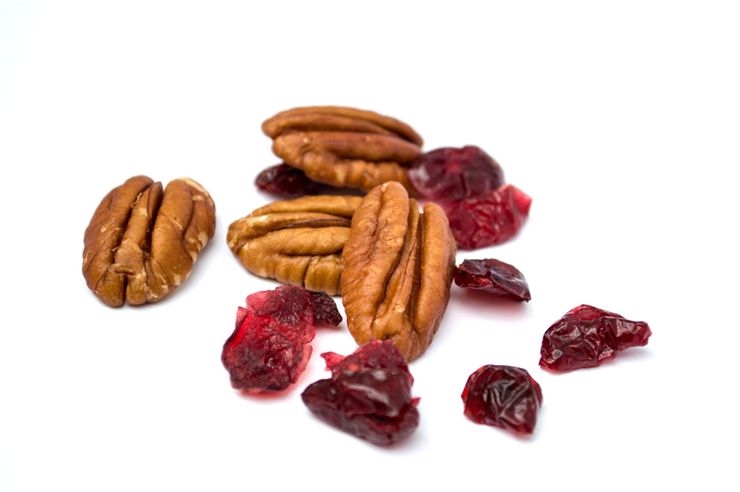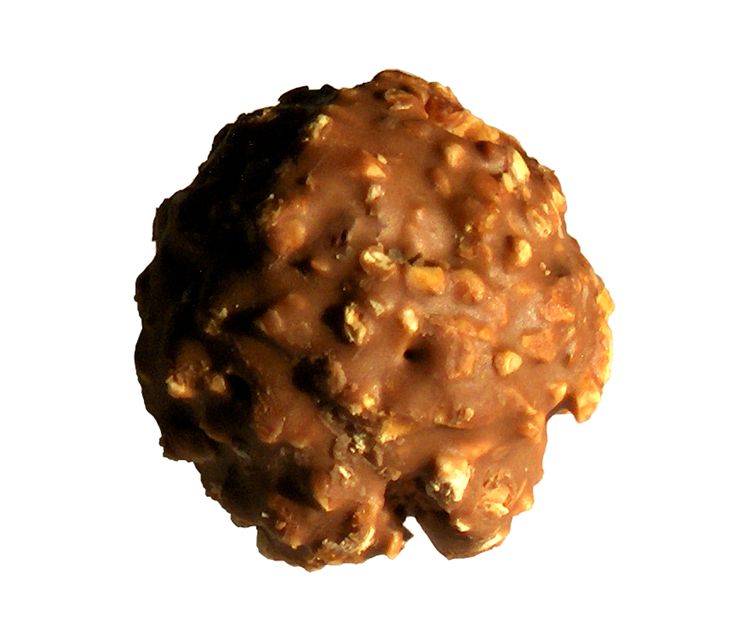How Chocolate is Made - From Tree to Factory
If you have ever wondered how chocolate is made here, you can learn about chocolate making process from the arrival of the cacao beans at the factory to the packaged chocolate product.
Here are all steps in the production of cacao and chocolate:
Growth of the Cacao Plant
The cacao plant is best grown within 20 degrees of either side of the equator, with a lot of yearly rainfall and moderate temperatures (cacao tree cannot withstand temperature lower than 15C). The most common variety of cocoa is forastero, grown in Africa. The most expensive and rare is criollo from Central America.
Cacao Processing
Cacao pods that contain beans are removed from the tree with a machete or club, and beans are separated from the pod and pulp. Beans are then exposed to microorganisms that start fermentation, lasting up to seven days. During this time, the familiar taste of chocolate is created. After seven days, beans are dried and transported to the manufacturing facility, where they are cleaned, roasted, and graded. Then, the shells of beans are removed, and nibs are grounded and liquefied into chocolate liquor. That chocolate liquor is then processed into cocoa solids and cocoa butter.
Blending Process
To create a chocolate recipe of choice, cocoa solids and butter are mixed in a specific ratio. This basic blend can produce any dark milk and white chocolate. Other agents are also introduced, such as an emulsifying agent.
Conching Process
One of the last steps in the chocolate creation is the conching process, in which the mix is kept warm by movement friction. This process removes all the traces of uneven and gritty textures, grinding the chocolate into a fine-grained state that the taste receptor can easily detect in our mouths. Conching the process can last from 6 hours (for lesser grade chocolate) to 3 days (for high-end chocolate).
Tempering Process
In the end, liquid chocolate has to be solidified by uncontrolled crystallization. The melting temperature of the chocolate is directly connected to the shape of it's cocoa crystals. There are six types of them, and the melting temperatures can range from 17 °C to 36 °C.
Storage of the Final Products
Because chocolate is susceptible to heat and humidity, manufacturers store it between 15-17 °C with 50% or less humidity.



